First Impressions on the Canon 200-800mm RF Lens
First Impressions on the Canon 200-800mm RF Lens

Quick links
Initial thoughts • Handling • Aperture • Image quality • Final thoughts
Recently, our Pangolin Photo Host and professional wildlife photographer, Janine Krayer, got the exclusive opportunity to review Canon’s exciting new 200-800mm usm lens. While at Rietvlei Dam, close to Johannesburg in South Africa, Janine tested the phenomenal lens and had a quick play with it to give her first impression of the product.
In this blog, Janine shares some general specs of the lens, how it handles, how it feels out in the field, how the focus performs, and obviously the image quality in the end.
The Canon RF 200-800mm f6.3 lens provides an extensive and distinctive zoom range of 200-800mm, all within a compact design. It offers 5.5 stops of image stabilization, enhancing handheld shooting capabilities for impressive performance. Canon notes that this usm lens is particularly well-suited for wildlife photography, allowing you to capture subjects from a distance without sacrificing the quality of your shots.

The lens utilises Canon’s Nano USM autofocusing drive system to deliver fast, precise, and almost silent autofocusing capabilities. With a focus and control ring, as well as two lens function buttons conveniently placed on the barrel, users have enhanced control over settings adjustments.
The optical design includes three ultra-low dispersion elements, effectively reducing chromatic and spherical aberrations. Additionally, a Super Spectra coating (white exterior paint) is applied to minimise ghosting and flare reflections on the lens, completing its impressive features.

Thus far, for the long-range shooters out there, Canon only had two products – the famous and beautiful 800mm F/5.6, as well as its baby brother, the 800mm fixed F/11. They recently announced an exciting new product – RF 200-800mm F6.3 – F9. There are only two of these lenses right now in the Southern hemisphere and Janine calls herself lucky to have been able to test one of them out. This lens is full frame super telephoto zoom lens for EOS R mirrorless cameras that is ultra-light for 800mm and weighs just over 2kg.

“I can’t believe how I can hand hold it. It has a beautiful large foot, so you can balance it well on a gimbal or a gimbal head,” Janine said. One stand-out feature of this usm lens is that the foot, or the tripod collar/lens collar, is no longer detached by pulling out the attachment, meaning that it’s less likely while carrying your lens to drop it by mistake. An issue that we were pleased to see Canon listened to its users about.

Spotting a water monitor lizard, Janine tests out the minimal focal distance of the lens, noting that while shooting down on an animal is not ideal – it is an interesting way to test the focal range. In this instance, it’s under a metre of 200 mms.
It’s not that far for 800 mms; it’s 3.3m, which she finds perfectly acceptable. The lens barrel features a focus/control ring that allows direct adjustment of shutter speed, aperture, exposure compensation, and other settings.

As mentioned earlier, two function buttons are conveniently located on the barrel for quick access to your preferred camera settings. It is quite a tight zoom though, especially if you try to get all the way from 800 to 200 in one go. That being said, it might loosen up after a little while.
On the side of the lens, there are two controls – autofocus and manual focus, as well as the on and off image stabilization buttons. There are only two modes here – no other options. It obviously works in conjunction with the camera body, but Canon stated that the longer focal length means that the image stabilisation is mostly done by the lens.
As photographers, we often prefer an internal zoom over an external zoom, as it pulls less dust and dirt, but unfortunately, with a 600mm zoom – this just wasn’t a possibility for the design of this lens but in return for this compromise; the image stabilisation on 800mm is quite something compared to 400mm.
It goes without saying that as wildlife photographers; the first thing we often look at with a new lens is the maximum aperture capabilities of this usm lens. For this lens, we’re looking at a maximum aperture of f/6.3 – f/9. While the aperture change is continuous, narrowing as the focal length increases, Janine was able to see that the camera lens jumped to 7.1 just under 300mm.
Just under 500mm the lens did its next jump to f/8. Then, towards 800mm she hit f/9. “I think that is generous. If you wanted it to be a 6.3 on 600mm you could expect it to be at least half a kilogram or heavier and quite a bit more expensive,” Janine shared. “But we will get to the price towards the end.”

We can already see that the range of this usm lens is optimal for both large animals close to small animals far away, including birds and because of the lightweight and long focal length this lens boasts, makes it a great option for capturing birds in flight.
Additionally, this Lens’s AF system is powered by an Ultrasonic Motor. Meaning that capturing quick-moving animals is made slightly easier with this smooth, fast, quiet, and internally focusing Nano USM system.
While some photographers may disapprove of the f/9 at 800m it is quite important to note that this lens will of course not compare to the RF 400mm f/2,8 L IS USM or RF 100-500mm f/4,5-7,1 L IS USM as those are completely different lenses with a huge difference of price and build.

Janine elaborates; a good thing to remember is that it is not only the f/stop that determines your background and how smooth it gets. How close you can get to your animal plays the biggest role. The closer you get to your animal, the shallower your depth of field becomes, as there is a huge difference between 400mm and 800mm.

On 800mm you will get closer to most things, especially when you’re not allowed to off road. Therefore, you will automatically get a shallower depth of field – even on an f/9. At 800mm on that distance, you’re going to get a lot of atmospheric disturbance, whether that be dust or haze, or a bit of a mirage from the heat, so you can’t clearly shoot things that are really far away. This 800mm usm lens is phenomenal for nice, detailed shots. When animals are a bit closer to you, you are going to get a nice, shallow depth of field.
Janine expressed her satisfaction with handling the lens, particularly praising its f/5.6 capability. It was by far easier to capture animals with this lens due to its zooming capabilities as well as zoom torque adjustment and combined focus and control ring. However, the main concern was the image quality.

She shared some images where she successfully captured a weaver bird in mid-air without any difficulty in focusing. When comparing this usm lens to a more expensive fixed lens, she found that it performed just as well in capturing bird life. While it may not always accurately focus on mammals’ eyes, she attributed this to normal limitations and not a fault of the lens. When comparing the 200-800 lens and the 800 fixed lens side by side, and at a close range, pin-sharp images were captured of a stone chat at f/9. The entire bird appeared sharp and the background was nicely blurred due to the subject’s elevated position.
She also noted that subject separation becomes more challenging when shooting from a distance, as image quality tends to degrade as the subject moves further away. Additionally, factors such as mirages, dust, smog, and atmosphere can significantly impact the image quality.

Janine missed her focus a few times when using the 800 f/5.6 lens due to its shallow depth of field. She compared this lens to the cheaper 800 f/11 lens and found it difficult to discern a noticeable difference in sharpness. Despite being significantly cheaper, the 800 f/11 lens still delivered good quality.
However, difficulties were encountered when shooting a black wildebeest from a distance, as the resulting image lacked sharpness. This was attributed to the presence of a mirage rather than a flaw in the lens. Janine concluded by stating her overall satisfaction with the lens’s crispness and ability to capture detail within a certain distance range.

The question you may be burning to ask, is at what price point this lens comes in? Canon is planning to market this lens at roughly $2600. Is it worth its asking price? Well, compared to the 800mm f/11 at about $1000 asking price it is more than double the price, but at a lower price not being able to zoom back and forth, is it really a gamble worth taking? In Janine’s expert opinion, it is worth forking out more cash.

When looking at the 800mm f/5.6 with its $17 000 price tag, there are many factors to consider before making such a big investment. Do you really need to spend that much? The RF 200-800mm f6.3 is not a long-distance lens so you cannot expect sharp pictures unless it is a super clear, crisp early morning with no dust or haze in the air. You also need a high-performing, full-frame sensor to compensate for the higher f/stops.

The anticipated release date for the Canon RF 200-800mm F6.3-9 IS USM lens is mid-December, with a suggested retail price of $1899. This lens provides an extensive telephoto focal range, including an impressive 800mm, all within a compact and lightweight body that is suitable for handheld use.
It features weather-sealing for added durability, exceptional image quality, Nano USM autofocus technology, and highly effective optical image stabilisation with 5.5 stops of assistance. Additionally, this lens is offered at an affordable price.

Check out Janine’s images and see whether you like what she was able to shoot and see whether you, like her, also think that this is a beautiful piece of gear.


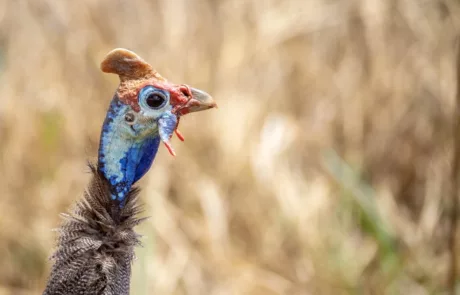
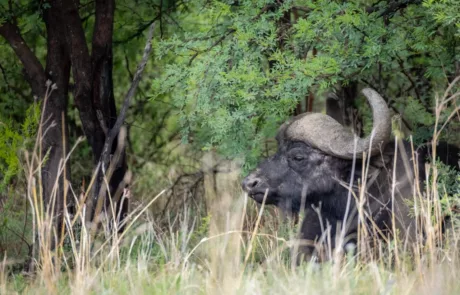
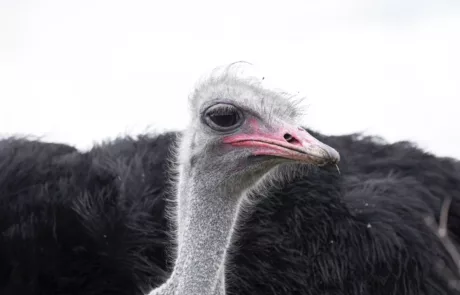
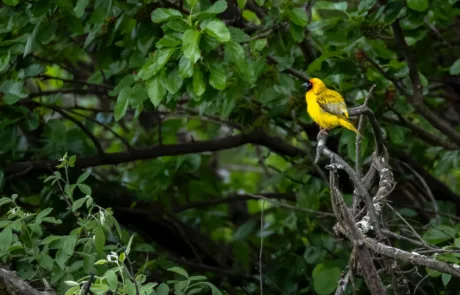
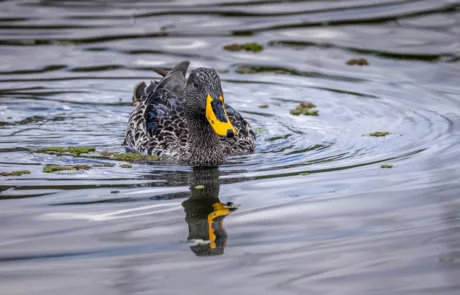
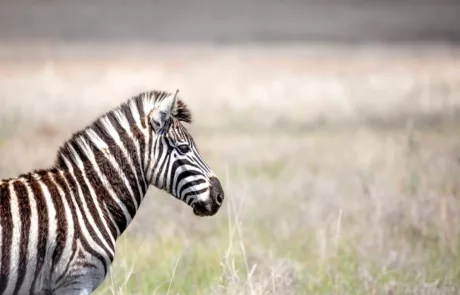
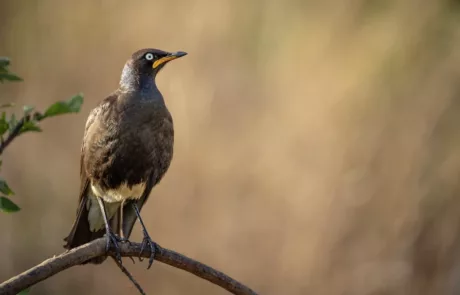
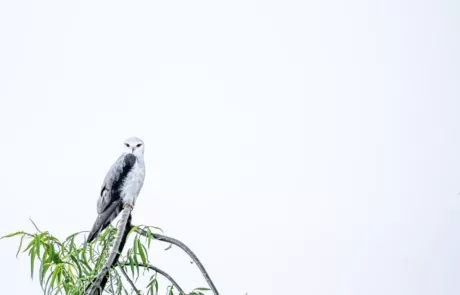
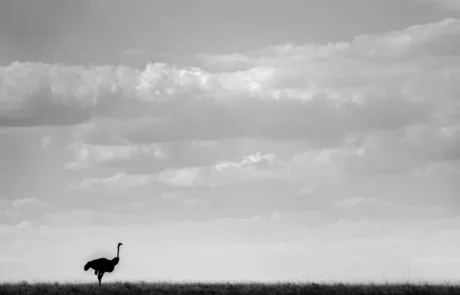
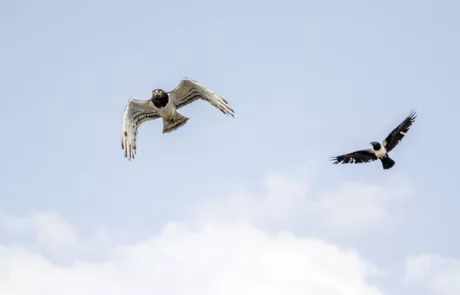

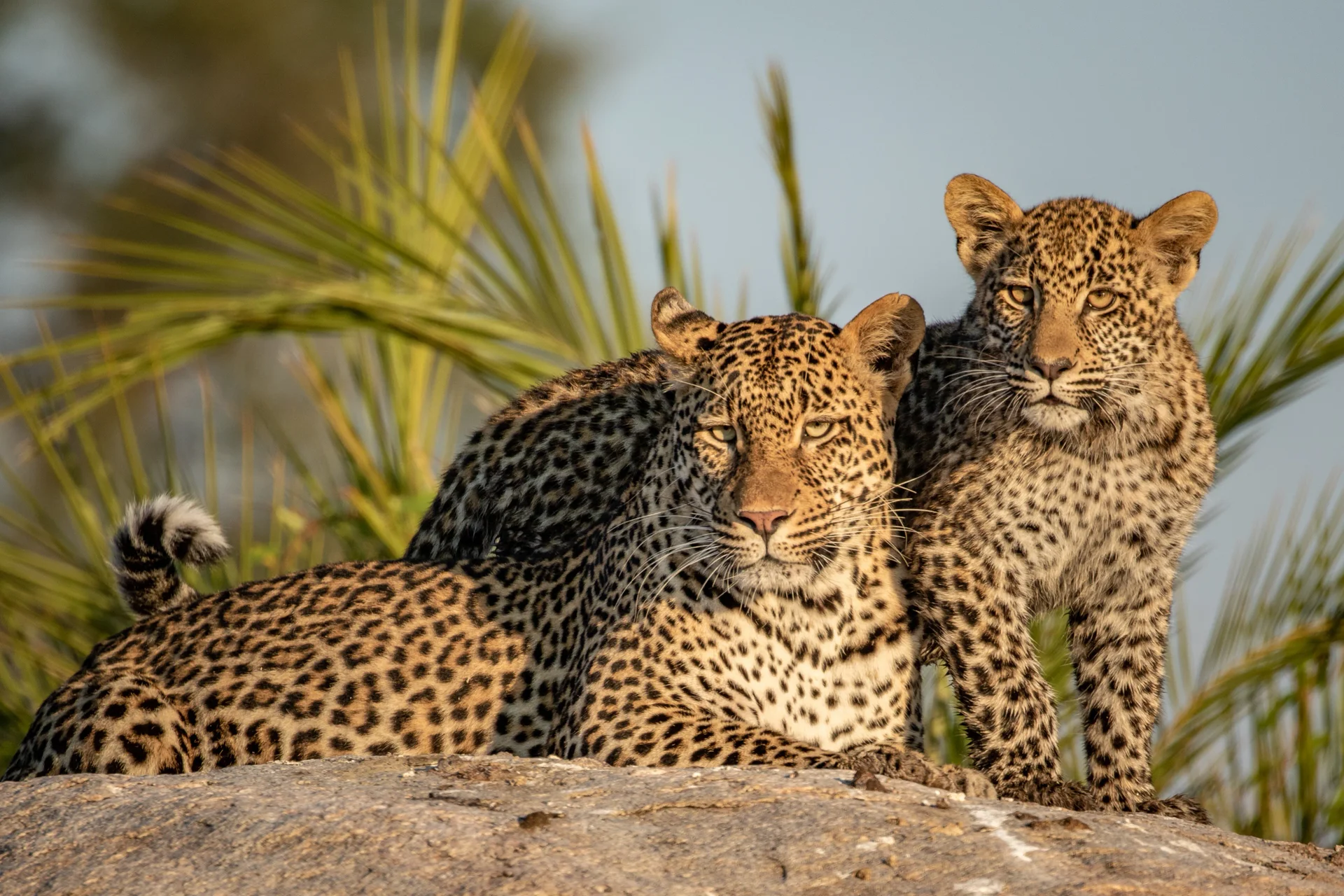
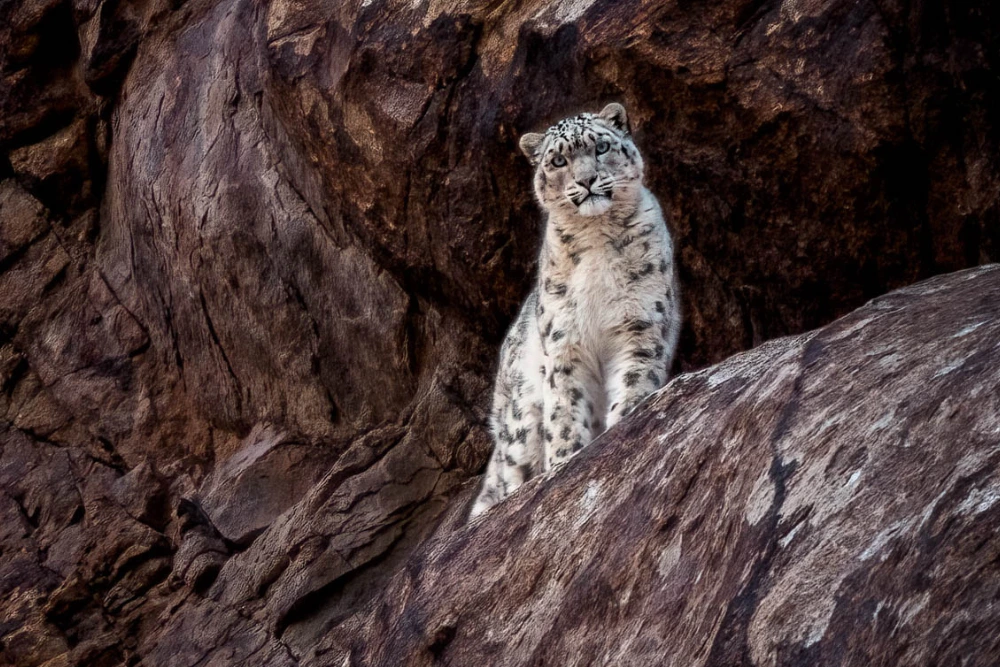
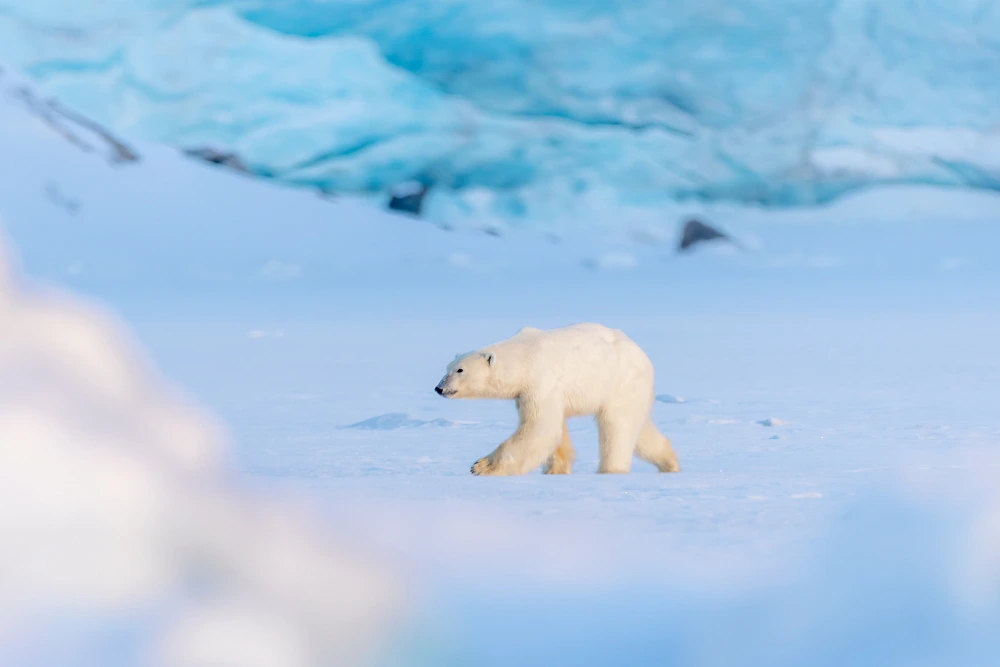
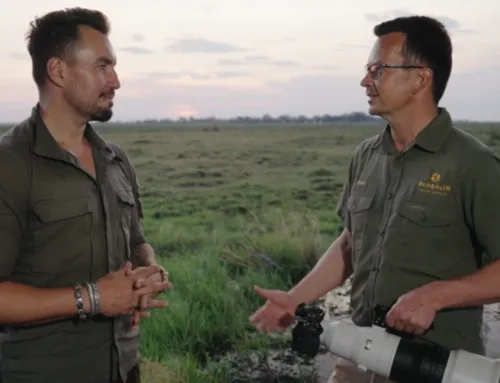
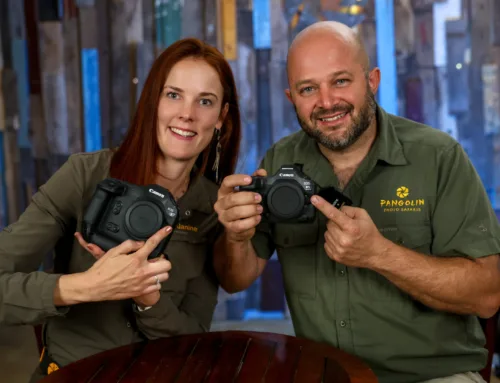
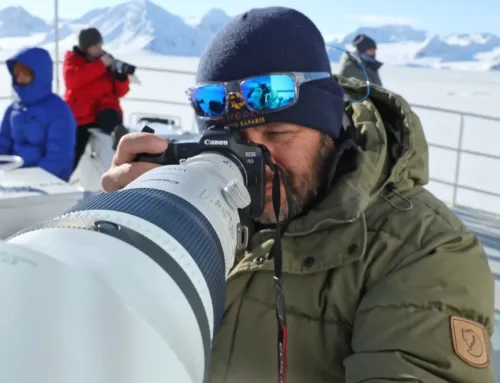
Leave A Comment
You must be logged in to post a comment.